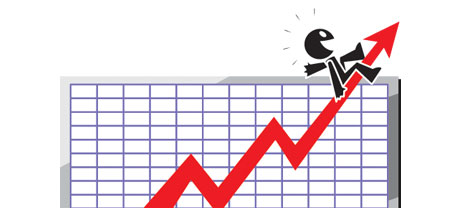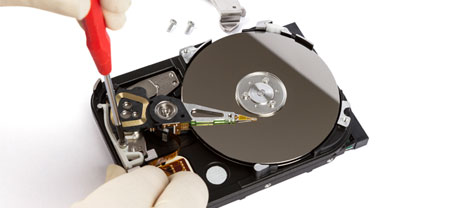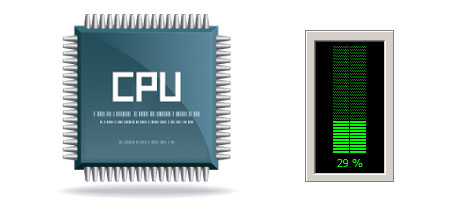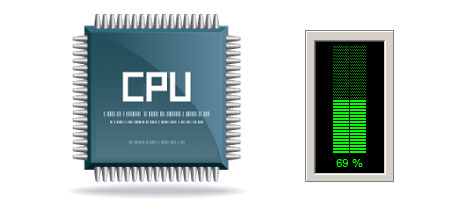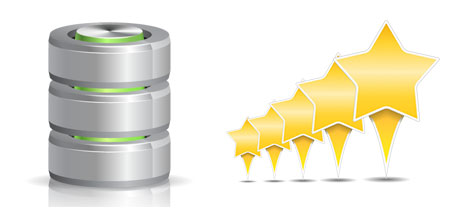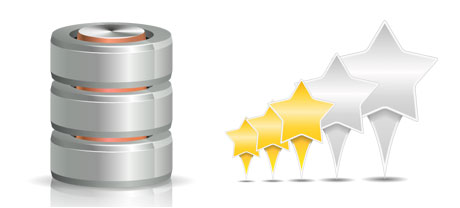For many years there seemed to be only one reliable option to keep info on your personal computer – by using a disk drive (HDD). Then again, this sort of technology is currently showing it’s age – hard drives are actually loud and slow; they’re power–ravenous and tend to generate lots of warmth during intense operations.
SSD drives, on the other hand, are extremely fast, consume much less energy and they are much cooler. They offer an exciting new method to file accessibility and storage and are years in front of HDDs regarding file read/write speed, I/O effectiveness as well as power effectivity. Discover how HDDs fare against the more recent SSD drives.
1. Access Time
SSD drives present a brand–new & ground breaking method of data storage in accordance with the use of electronic interfaces in place of any sort of moving parts and turning disks. This unique technology is quicker, making it possible for a 0.1 millisecond data file accessibility time.
HDD drives even now make use of the very same general data access technology that’s initially created in the 1950s. Although it has been much enhanced after that, it’s slow when compared to what SSDs are offering. HDD drives’ data access speed can vary somewhere between 5 and 8 milliseconds.
2. Random I/O Performance
Because of the very same revolutionary approach allowing for better access times, you can also get pleasure from improved I/O effectiveness with SSD drives. They’re able to conduct double the functions within a specific time in comparison to an HDD drive.
An SSD can handle a minimum of 6000 IO’s per second.
Hard drives offer slower data access rates due to older file storage space and accessibility concept they’re making use of. Additionally they demonstrate much slower random I/O performance as compared to SSD drives.
In the course of our tests, HDD drives maintained an average of 400 IO operations per second.
3. Reliability
The lack of moving elements and rotating disks inside SSD drives, as well as the current advances in electronic interface technology have led to a substantially reliable data storage device, having a normal failure rate of 0.5%.
For an HDD drive to work, it has to spin 2 metallic disks at over 7200 rpm, having them magnetically stabilized in mid–air. There is a massive amount moving parts, motors, magnets along with other gadgets crammed in a tiny location. So it’s obvious why the regular rate of failing of the HDD drive ranges between 2% and 5%.
4. Energy Conservation
SSD drives operate almost soundlessly; they don’t produce extra warmth; they don’t call for additional cooling alternatives and then consume less power.
Tests have demonstrated that the common electricity usage of an SSD drive is amongst 2 and 5 watts.
HDD drives are famous for being noisy. They want far more electrical power for cooling reasons. Within a hosting server which has a range of HDDs running continually, you’ll need a great deal of fans to make sure they’re kept cool – this may cause them a lot less energy–efficient than SSD drives.
HDDs take in in between 6 and 15 watts.
5. CPU Power
Thanks to SSD drives’ higher I/O efficiency, the main hosting server CPU can process file requests more quickly and preserve time for other procedures.
The regular I/O delay for SSD drives is 1%.
Compared with SSDs, HDDs enable reduced file access speeds. The CPU will be required to wait for the HDD to send back the required data file, reserving its assets meanwhile.
The common I/O delay for HDD drives is around 7%.
6.Input/Output Request Times
In the real world, SSDs conduct as wonderfully as they did for the duration of HK Web Hosting Network’s lab tests. We competed an entire system back–up using one of the production servers. Through the backup operation, the normal service time for I/O queries was in fact below 20 ms.
Weighed against SSD drives, HDDs deliver substantially slower service times for I/O calls. During a hosting server backup, the standard service time for any I/O query ranges somewhere between 400 and 500 ms.
7. Backup Rates
You can notice the real–world added benefits of utilizing SSD drives day by day. For instance, with a hosting server furnished with SSD drives, a full backup is going to take simply 6 hours.
On the flip side, with a web server with HDD drives, an identical back–up can take three to four times as long in order to complete. A complete back up of an HDD–driven hosting server usually takes 20 to 24 hours.
With HK Web Hosting Network, you can find SSD–driven website hosting services at cheap prices. Our shared hosting plans and then our VPS servers consist of SSD drives automatically. Get an hosting account along with us and see how your web sites will become better instantaneously.
Hepsia
- Live Demo
Service guarantees
- Subscribe today. You won’t see any setup charges and you will have full root/administrator access to your server. 99.9% network uptime is warranted.
Compare our prices
- Check out our rates and pick the very best Virtual Private Server for your active sites. You can migrate to a more powerful VPS Hosting plan with only a click.
- Compare our hosting plans
Contact Us
- You can make contact with us 24x7x365 by email or by making use of our extra–fast ticketing platform. We provide a 1–hour response time frame warranty.



